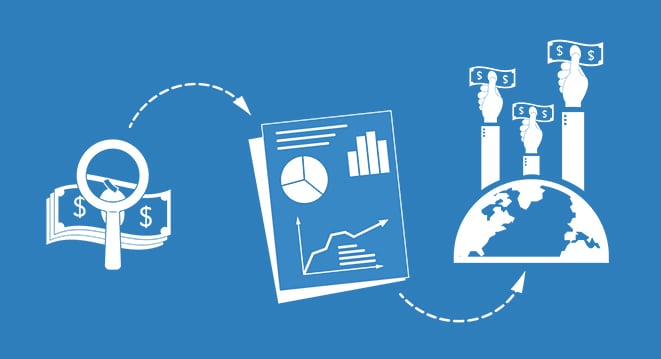Learn which industries suffer most from cargo theft and how shippers can raise their risk awareness
Cargo theft statistics may have eased slightly after years of escalating attacks but make no mistake: It’s still a very real and costly danger for many businesses. Research from cargo theft and recovery network CargoNet shows that companies suffer billions of dollars a year in losses —$15 to $30 billion by some estimates.
According to the FBI, less than 20 percent of stolen cargo is ever recovered and much of it goes unreported, which means those billions in losses may be a conservative estimate. The fact that the Bureau’s most recent figures are still a work in progress after 6 years of monitoring proves the scale of the problem.
One look at Florida’s stolen versus recovered data is telling. It’s a crime with insidious repercussions that go beyond the direct value of the stolen items. That damage seeps into the supply chain and the national economy. Shippers hit by theft have a tough decision to make regarding how they’ll recoup the financial losses and keep pace with competitors; a choice that can result in higher costs on their products and potential loss of customers.
Fighting back begins with knowing which types of goods are most sought after by criminals and need additional measures to ensure security.
The types of goods most at risk of cargo theft
It may surprise some to learn that items like tobacco and alcohol are at the lower end of the most-heisted goods. SensiGuard reports that U.S. shippers suffer most losses on electronics (21% of total thefts) with televisions and displays making up most of that figure.
Home and garden products are the next biggest target, accounting for 19% of total thefts. Food and drinks ranked third at 14%, with fortunes in bacon and chocolate highlighting the list of cargo recovery success stories.
Knowing the most targeted product types helps businesses decide their own level of risk, but remember that these figures can shift annually, or even quarter to quarter within different states in the same year. Even if products you deal in didn’t make the list, there’s no good reason to assume you’re safe.
The key steps to keeping thieves at bay
Parcel insurance (also known as freight insurance) is a sound idea. Carrier liability will cover sellers’ losses only so far. Carriers have cutoff points in how much they’re required to pay back. Dedicated cargo insurance providing comprehensive coverage is a much better level of protection.
Speak to your carrier and other logistics partners about their security protocols and how well they screen employees.
Beware of fictitious pickups, where criminals may show up pretending to be a legitimate carrier agent or logistics member. When proper credentials aren’t checked or verified, people can potentially drive off with your goods under false pretenses. Fictitious pickups are often committed by ex-employees of real companies, such as this job by former FedEx staff.
Little lifts can take a big bite
Small-scale pilferage proves that not all cargo theft is major. Quick thefts of smaller items are on the rise because they’re easy, criminals are at lower risk of being caught and they have a better chance of selling the goods before the authorities catch up. If you’re noticing even a few items not reaching their destination, view it as a red flag.
Cargo theft isn’t always the result of outside forces. Every business with staff involved in shipping must be able to monitor employees with access to shipping information. Where, how and when they can use it should be safeguarded and recorded at all times. Research has revealed that cargo theft is most often an inside job.
Lastly, look into organizations such as the Transported Asset Protection Association (TAPA), the Cargo Security Alliance, and the aforementioned CargoNet and SensiGuard. These are strong starting points to learn more about cargo theft and how to protect your shipped goods.
At 71lbs, we focus on two things: a) helping customers save money on shipping, and b) helping customers understand their shipping costs. We provide refunds and savings on shipping insurance, freight and imports, among other benefits. Our automated dashboard displays easy-to-understand shipping costs and insights so you can make better business decisions. Drop by the contact page to get in touch!



